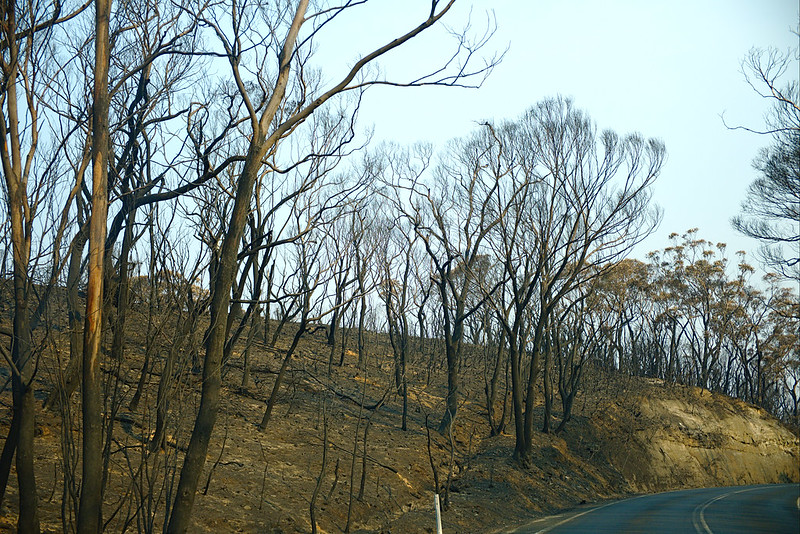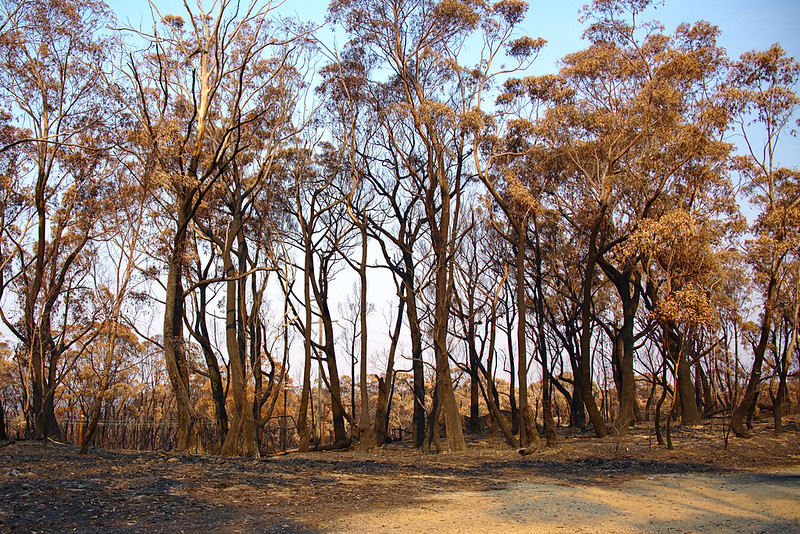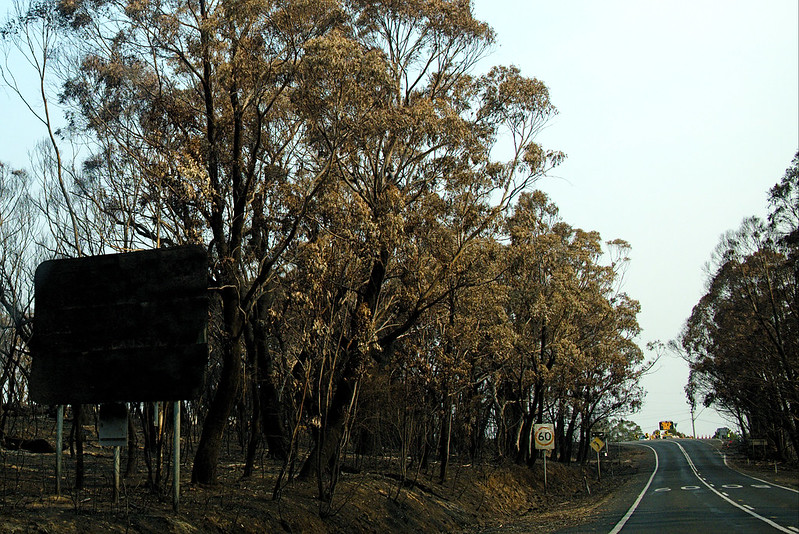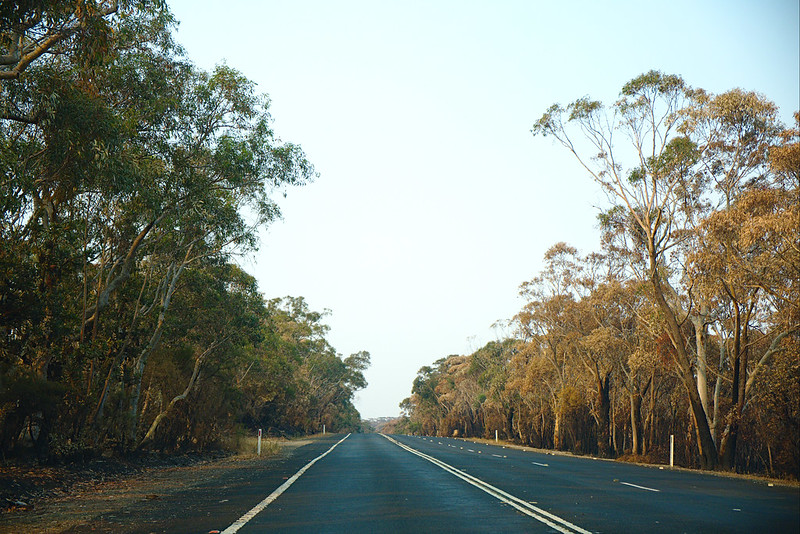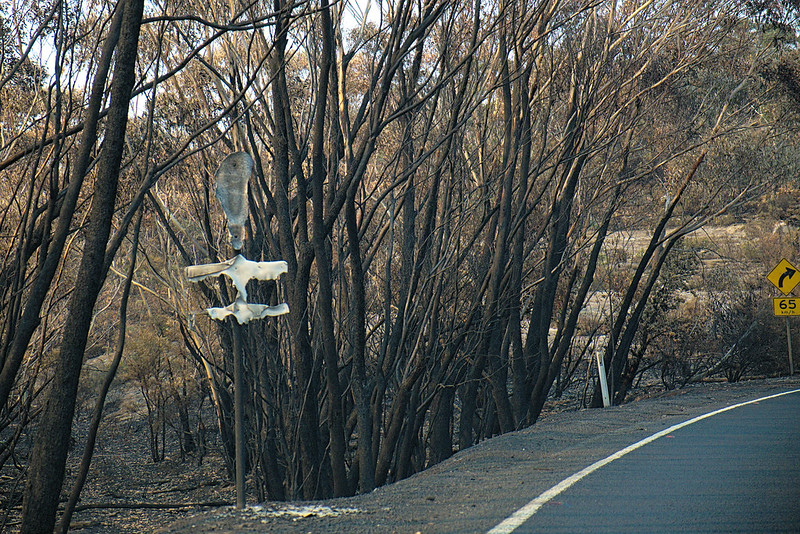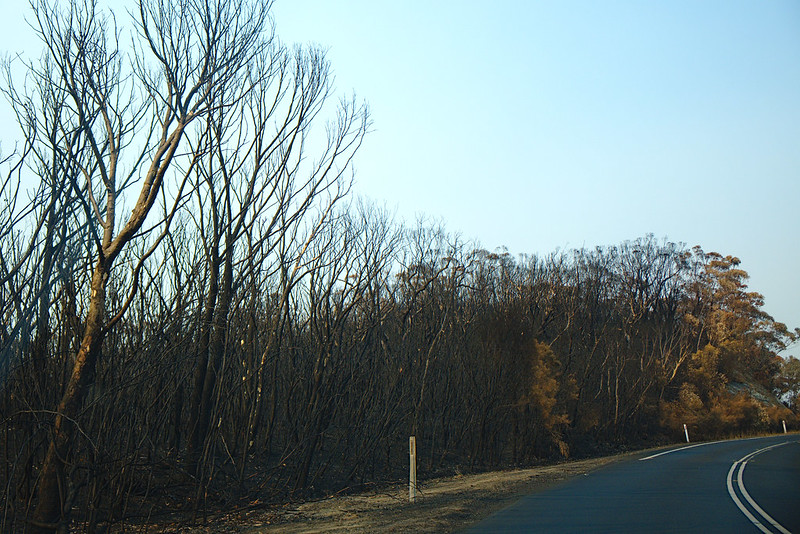





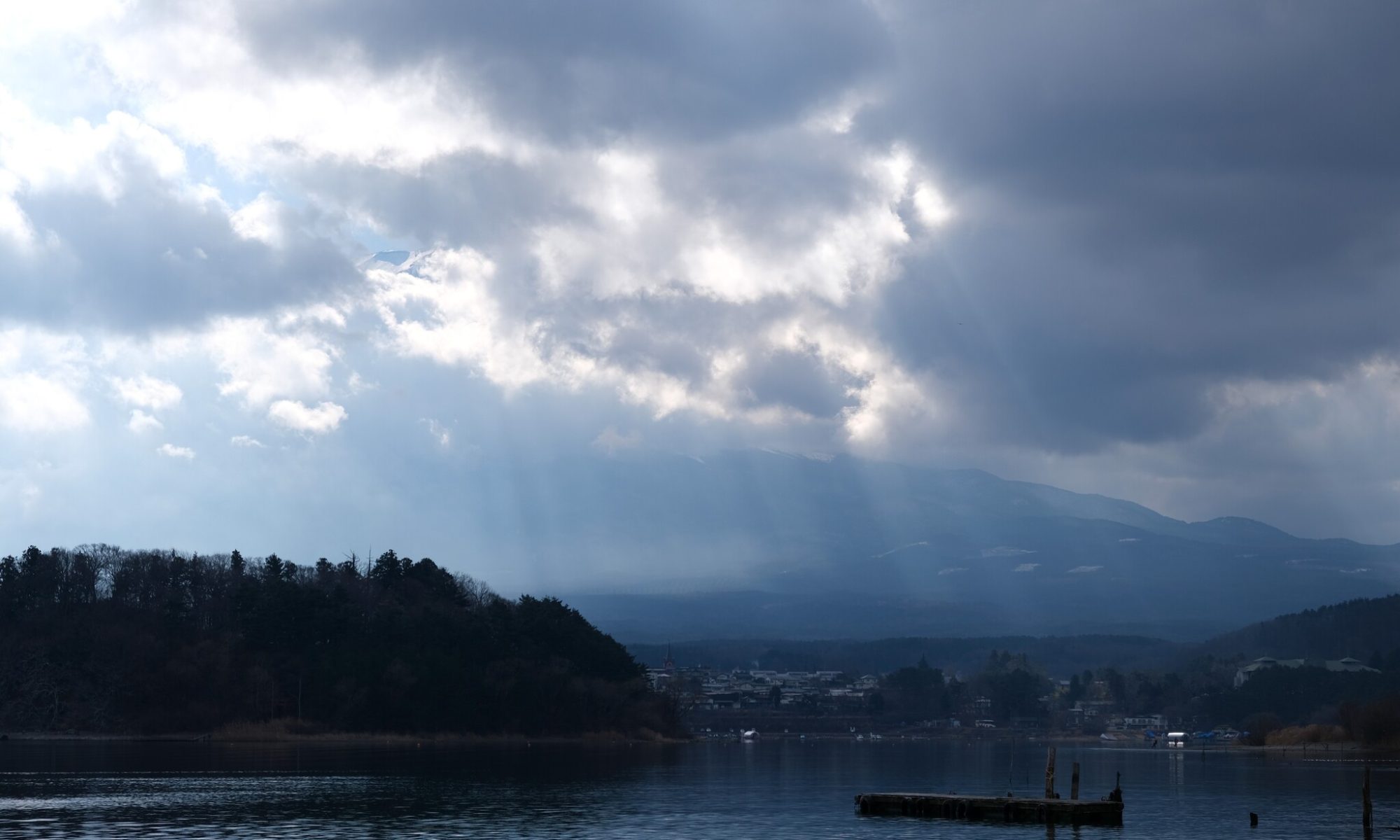
by Mary
Not as dry by far as it was to get later. Impending doom is the fashion in New South Wales and has been for a while. (There’s been good rain this winter, in the plague year.)
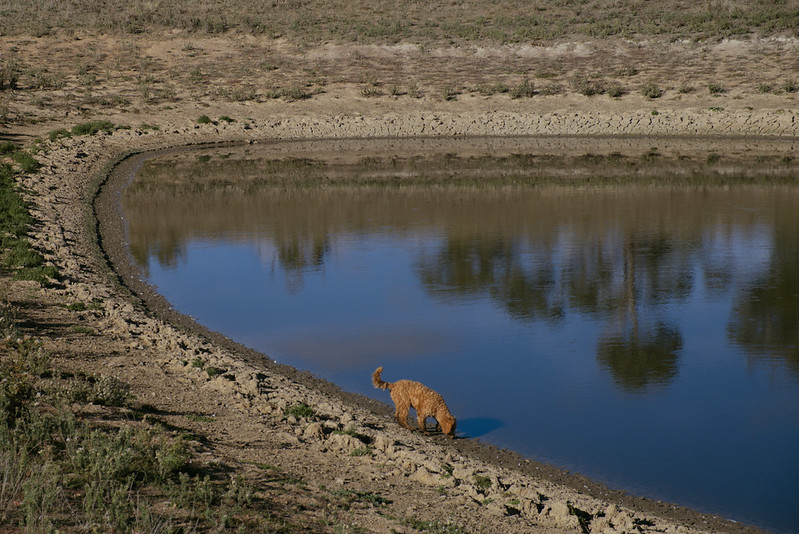



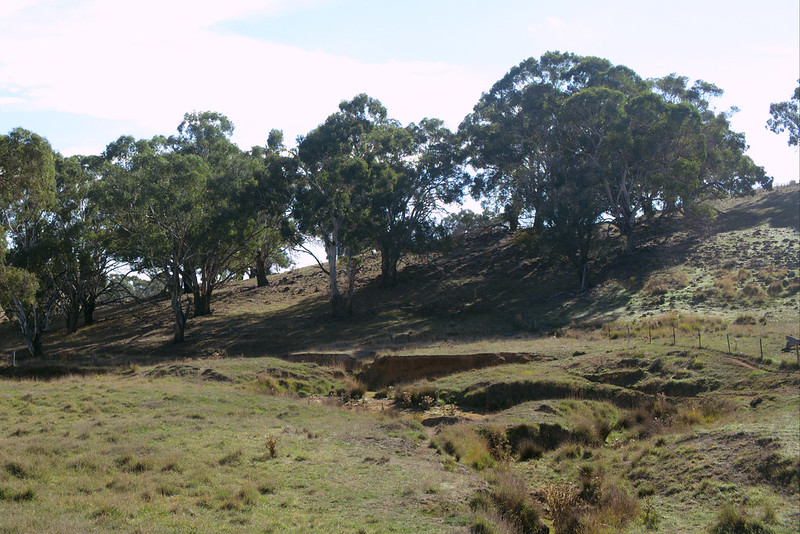
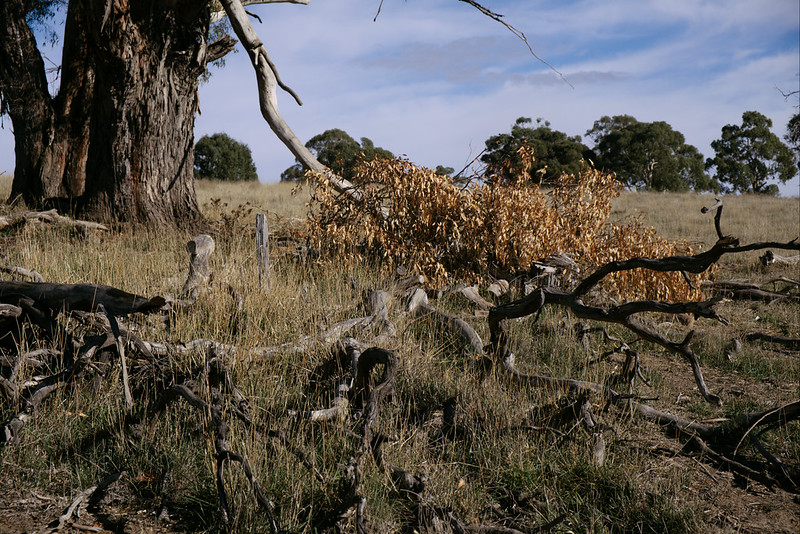
Not fires, those came months later. A sunset backlighting rain.
Not shown, “no but seriously, stop asking questions, take the kids outside, and look west!” phone call.




Fires Near Me (NSW), Vic Emergency (Victoria)
These photographs were taken on 28 December on Bells Line of Road, which runs between western Sydney and Lithgow. Bells Line of Road is the northernmost of two road crossings of the Blue Mountains between Sydney and western NSW.
Wildnerness and parts of towns were badly burned for a long stretch between Lithgow and Bilpin on Bells Line of Road in the days leading up to and including December 21 by the Gospers Mountain / Grose Valley fire complex. The road re-opened on December 25.
The December 31 2019 eastern bushfire catastrophes were concentrated far to the south east from where these pictures were taken; they were in the South Coast of NSW and East Gippsland in Victoria. These two areas are also currently considered most at risk in the upcoming January 4 heatwave, with tourists asked to leave the South Coast and the evacuation of Kosciuszko National Park (January 2), following the evacuation of East Gippsland (December 29).
Fires are expected to continue in Australia until there’s substantial rainfall.
Donations are accepted by, among others:
Most affected areas rely heavily on the tourism industry for income, planning to visit after the fire period is also likely to be helpful, you can check NSW road closures and warnings at Live Traffic. Judging from Bilpin on December 28, take cash, phone lines and cell towers aren’t restored until long after power is.
